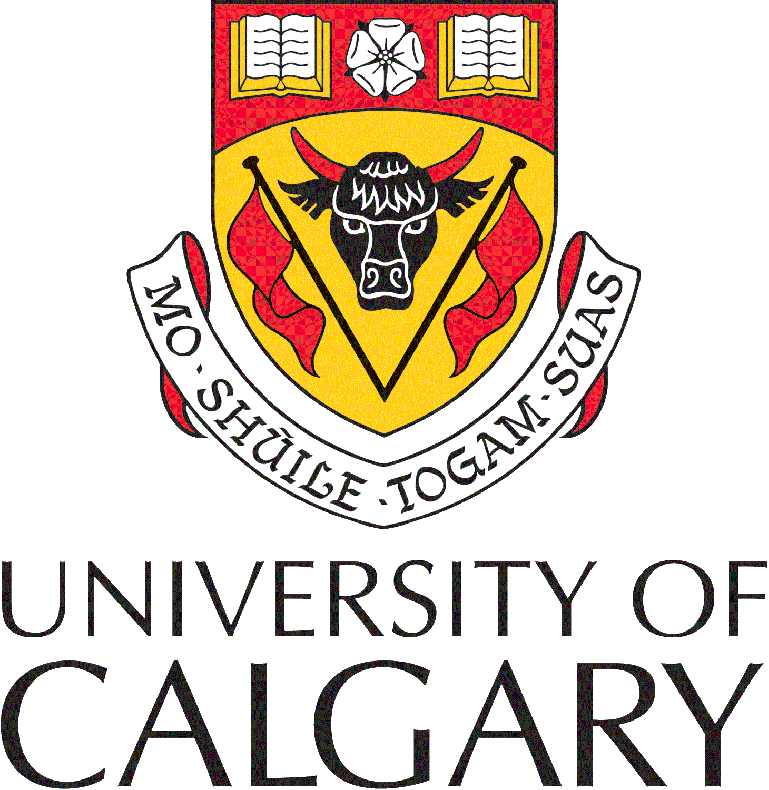
Derisking offshore exploration with microbiology
The Organic Geochemistry Lab at Saint Mary's University is studying seep sediments in the offshore of the Scotian Margin, in collaboration with University of Calgary, MARUM at the University of Bremen, Germany, Nova Scotia Department of Energy (NS-DoE), and the Offshore Energy Research Association (OERA) as part of a Genome Canada funded Genomic Application Partnership Program (GAPP).
Saint Mary's contribution to the project is a multifaceted geochemical approach. Our group is investigating potential to use intact polar lipids (IPLs) that come from the membranes of living (or very recently deceased) cells of bacteria and archaea living in the Scotian slope sediments as indirect hydrocarbon indicators for petroleum exploration. OGL is trying to characterize these lipids to identify subsurface microbial populations that may be feeding on hydrocarbons seeping up from active petroleum systems. In this way, the discovery of lipids from hydrocarbon oxidizing microbes may help de-risk oil exploration by helping to locate favourable drilling sites.
We are also involved in gas geochemical surveys involving the analysis of clumped isotopes of methane with the hope of determining the source rock intervals that has produced the the seeping hydrocarbons. These results are being compiled with seismic attribute analyses taken from the seep sites to develop a more integrated study of petroleum seepage from the offshore of Nova Scotia.
Dr. Ventura is currently a member of the program management committee for the GAPP project, titled "Microbial Genomics for De-risking Offshore Oil and Gas Exploration in Nova Scotia."
Additional information can be found at:
https://genomeatlantic.ca/project/monitoring-methane-leaks-from-abandoned-oil-wells/
All Videos


Department of Energy






